Photography is a popular and rewarding hobby that allows you to capture and share the world from your unique perspective. Whether you’re interested in documenting your travels, taking portraits of loved ones, or exploring artistic compositions, photography offers endless possibilities. Here’s a detailed guide to help you get started and improve your skills, along with some essential dos and don’ts.
Getting Started with Photography
Choose Your Equipment:
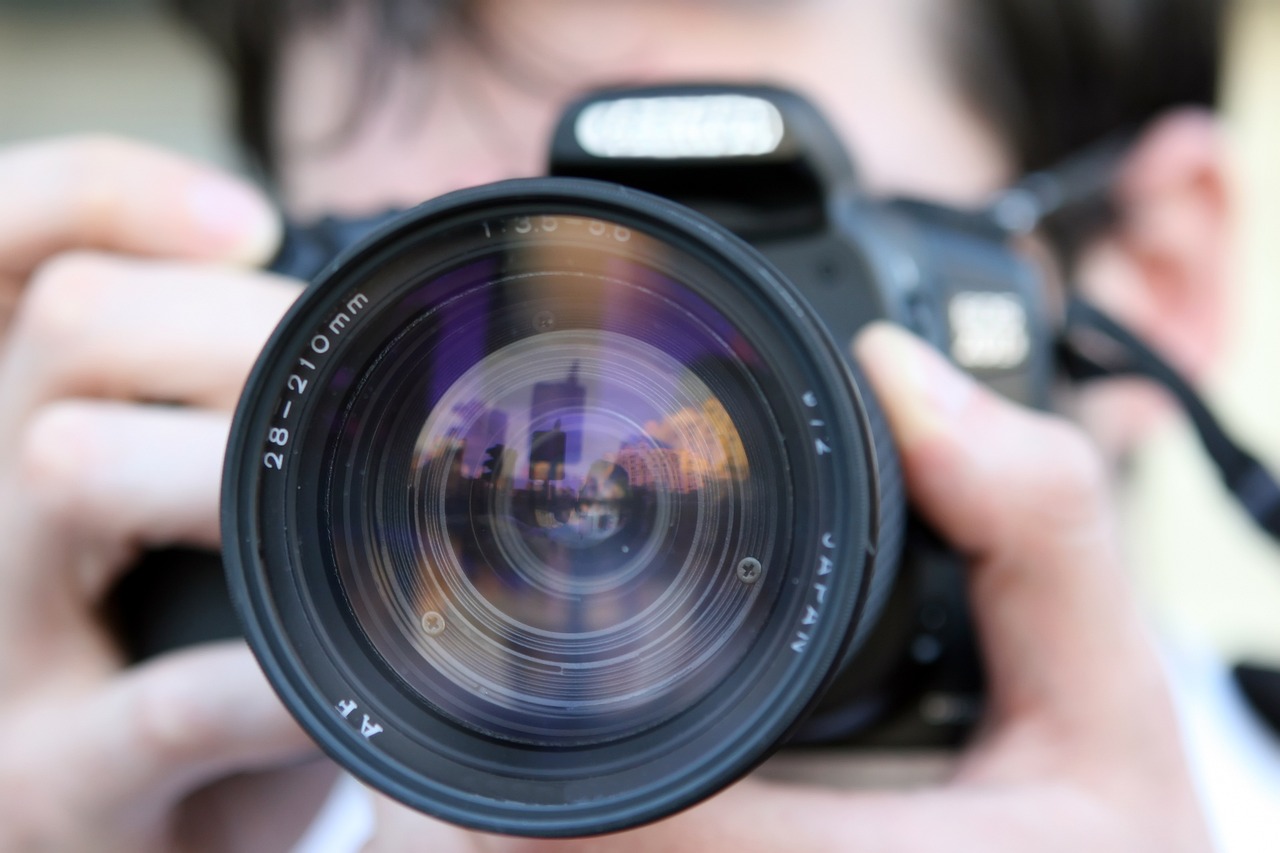
- Cameras: You can start with any camera, including a smartphone. As you progress, you might invest in a digital single-lens reflex (DSLR) or mirrorless camera for more control and better image quality.
- Lenses: Different lenses serve different purposes. A standard zoom lens is versatile, while prime lenses (fixed focal length) are great for portraits and low-light conditions.
- Accessories: Consider getting a tripod for stability, a camera bag for protection, and additional memory cards and batteries.
Learn the Basics:

- Exposure: Understand the three elements of exposure: aperture (controls depth of field), shutter speed (controls motion blur), and ISO (controls sensitivity to light).
- Composition: Learn composition techniques like the rule of thirds, leading lines, and framing to make your photos more visually appealing.
- Lighting: Good lighting is crucial in photography. Natural light is often best, but you can also experiment with artificial lighting and reflectors.
Practice Regularly:
- Take your camera with you and shoot as often as possible. Experiment with different subjects, settings, and techniques to see what works best for you.
The Dos of Photography
Do Experiment:
- Try different styles and subjects. Shoot landscapes, portraits, street photography, macro, and more. Experimentation will help you discover what you enjoy most.
Do Learn from Others:
- Follow other photographers, join photography groups or forums, and attend workshops or online courses. Learning from others can provide new insights and inspiration.
Do Post-Processing:
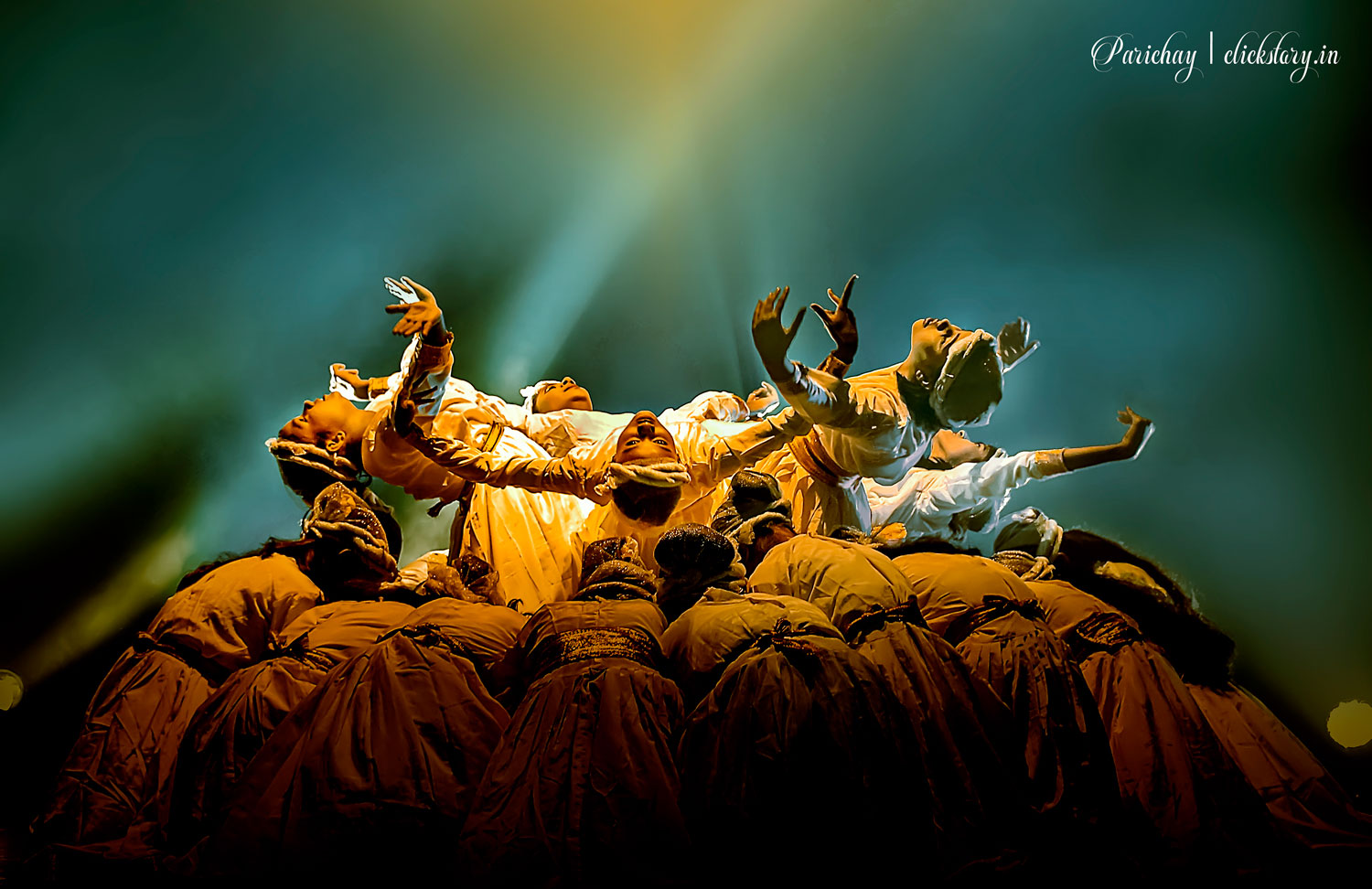
- Editing your photos is part of the creative process. Learn to use software like Adobe Lightroom or Photoshop to enhance your images but avoid over-editing.
Do Respect Privacy:
- Always ask for permission before photographing people, especially in private settings. Respect cultural norms and individual privacy.
Do Keep Learning:
- Photography is an ever-evolving field. Stay updated with new techniques, trends, and technologies. Read books, watch tutorials, and practice continuously.
The Don’ts of Photography
Don’t Rely Solely on Gear:
- While good equipment can enhance your photography, the most important factor is your skill and creativity. Focus on improving your techniques and vision.
Don’t Ignore the Basics:
- Understanding basic principles like exposure, composition, and lighting is crucial. Don’t rush into advanced techniques without mastering the fundamentals.
Don’t Be Afraid of Manual Mode:
- Auto mode is convenient, but it limits your creative control. Learn to use manual mode to have full control over your camera settings.
Don’t Overlook Safety:
- Be mindful of your surroundings, especially in urban areas or when shooting in nature. Avoid risky situations and ensure your gear is secure.
Don’t Compare Yourself to Others:
- Every photographer has their own style and journey. Focus on your progress and enjoy the process rather than comparing yourself to others.
Building Your Photography Skills
Set Goals:
- Set specific goals to improve your photography. For example, aim to master a new technique each month or complete a photo project.
Critique Your Work:
- Review your photos critically and seek constructive feedback from others. Identify areas for improvement and work on them.
Participate in Challenges:
- Join photography challenges or contests. These can push you out of your comfort zone and help you grow as a photographer.
Create a Portfolio:
- Compile your best work into a portfolio. This can be a physical album, a digital collection, or an online gallery. A portfolio helps you track your progress and share your work with others.
Print Your Photos:
- Printing your photos can give you a new appreciation for your work. It also allows you to share your photography in a tangible form.
Conclusion
Photography as a hobby is a fulfilling and creative pursuit that can bring immense joy and satisfaction. By understanding the basics, practicing regularly, and adhering to essential dos and don’ts. You can continually improve your skills and develop your unique style. Photography allows you to see the world in a new light and share your perspective with others. Enjoy the journey and keep exploring the endless possibilities of photography.


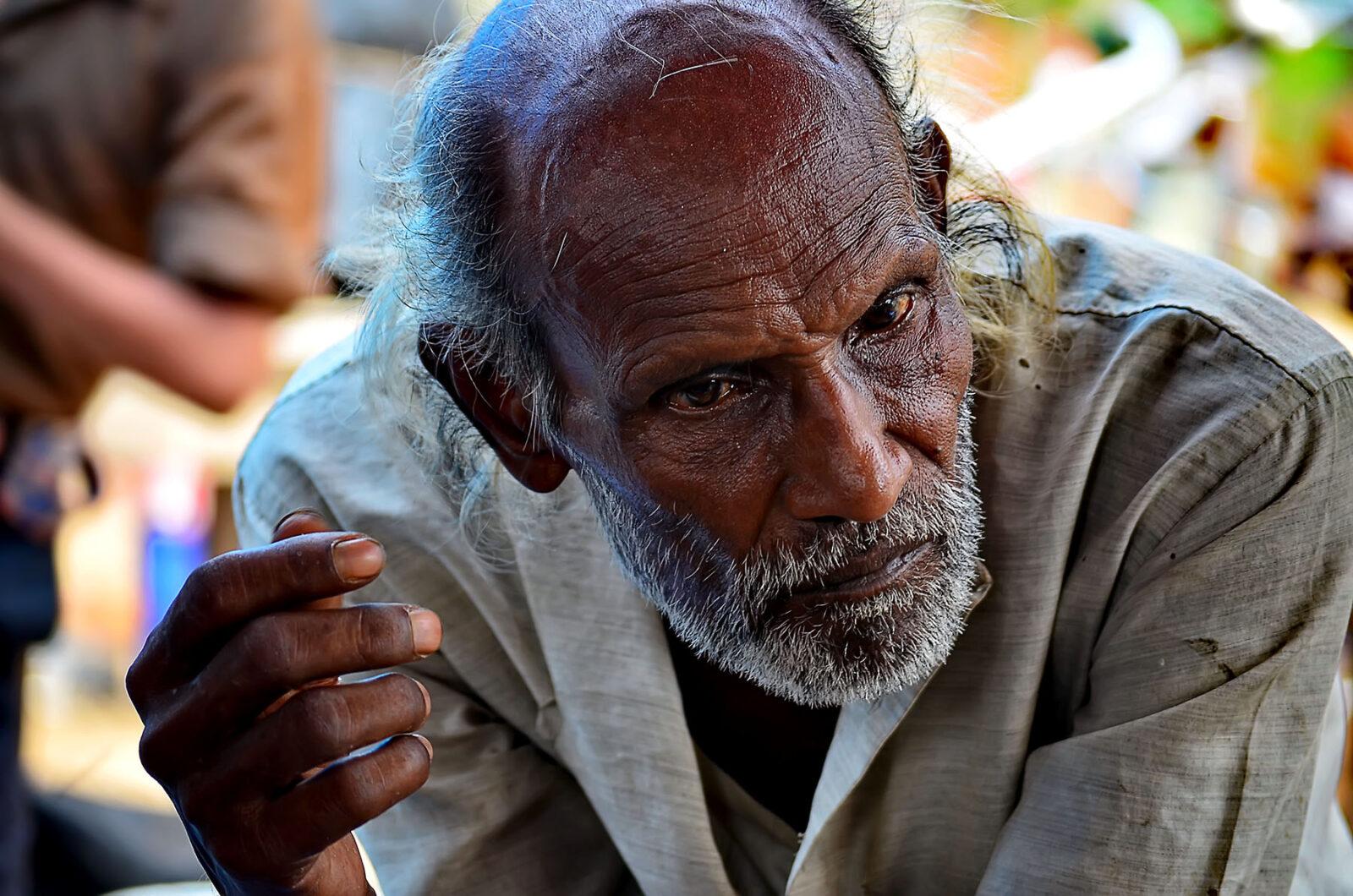


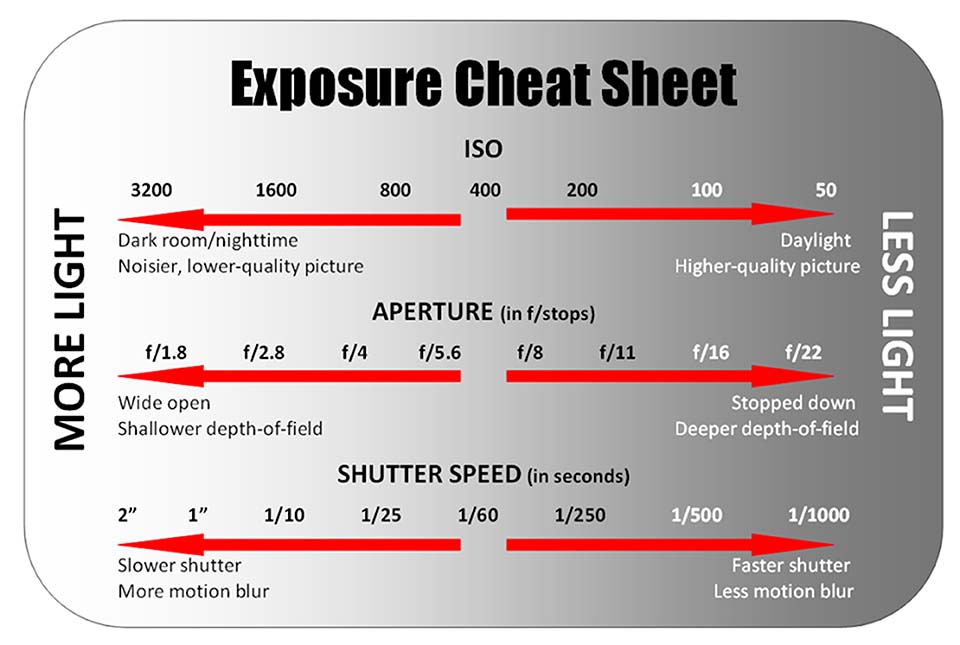

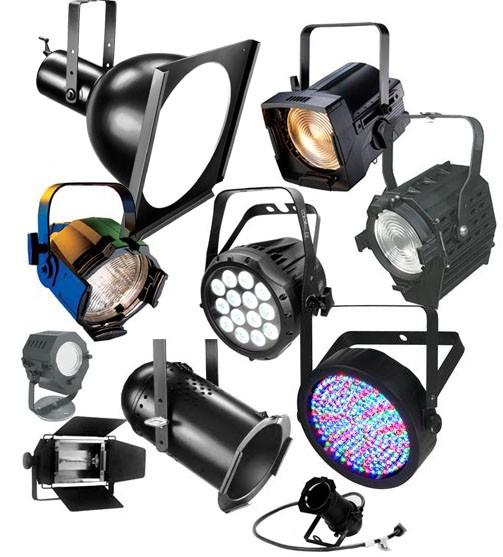

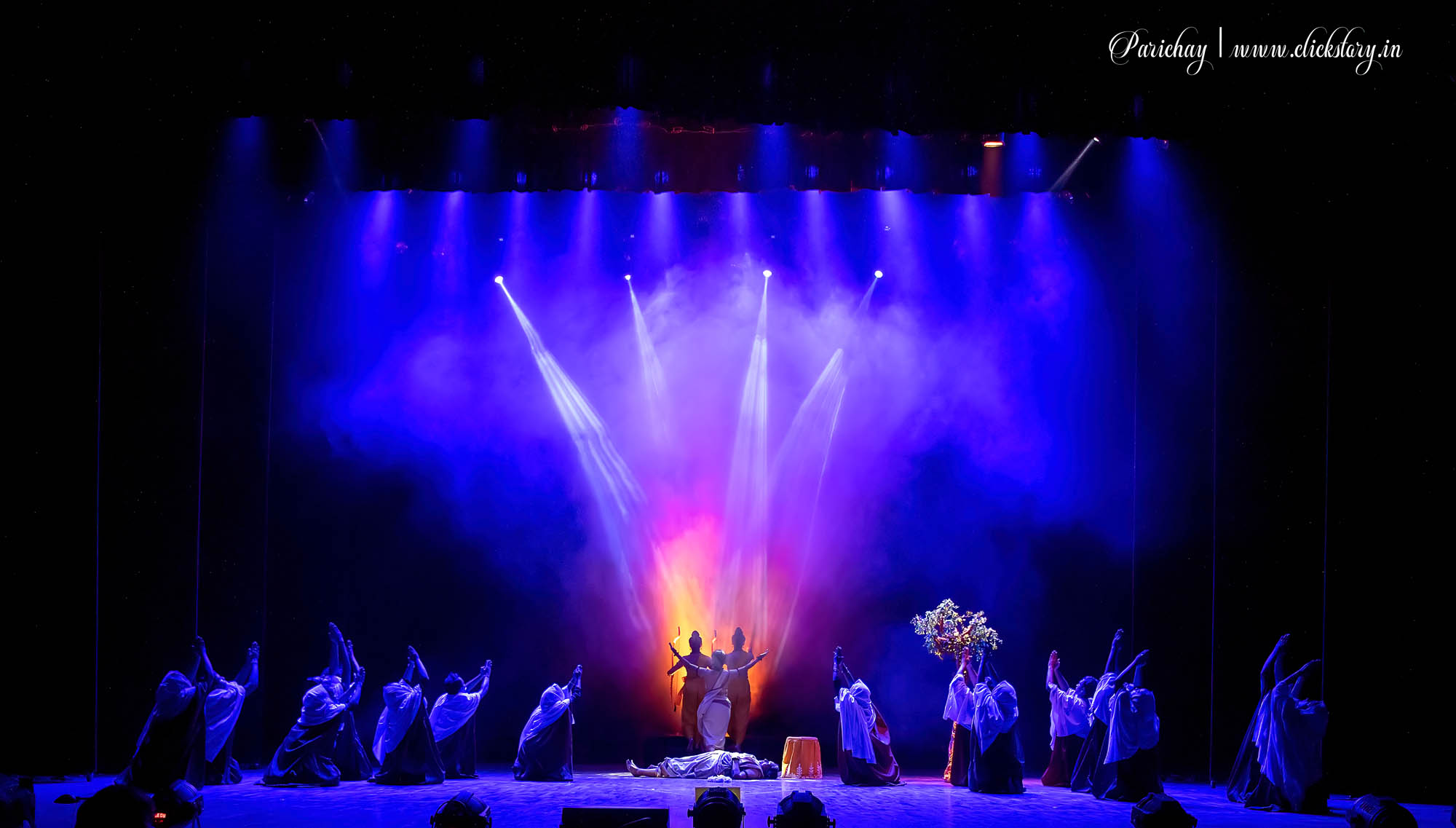
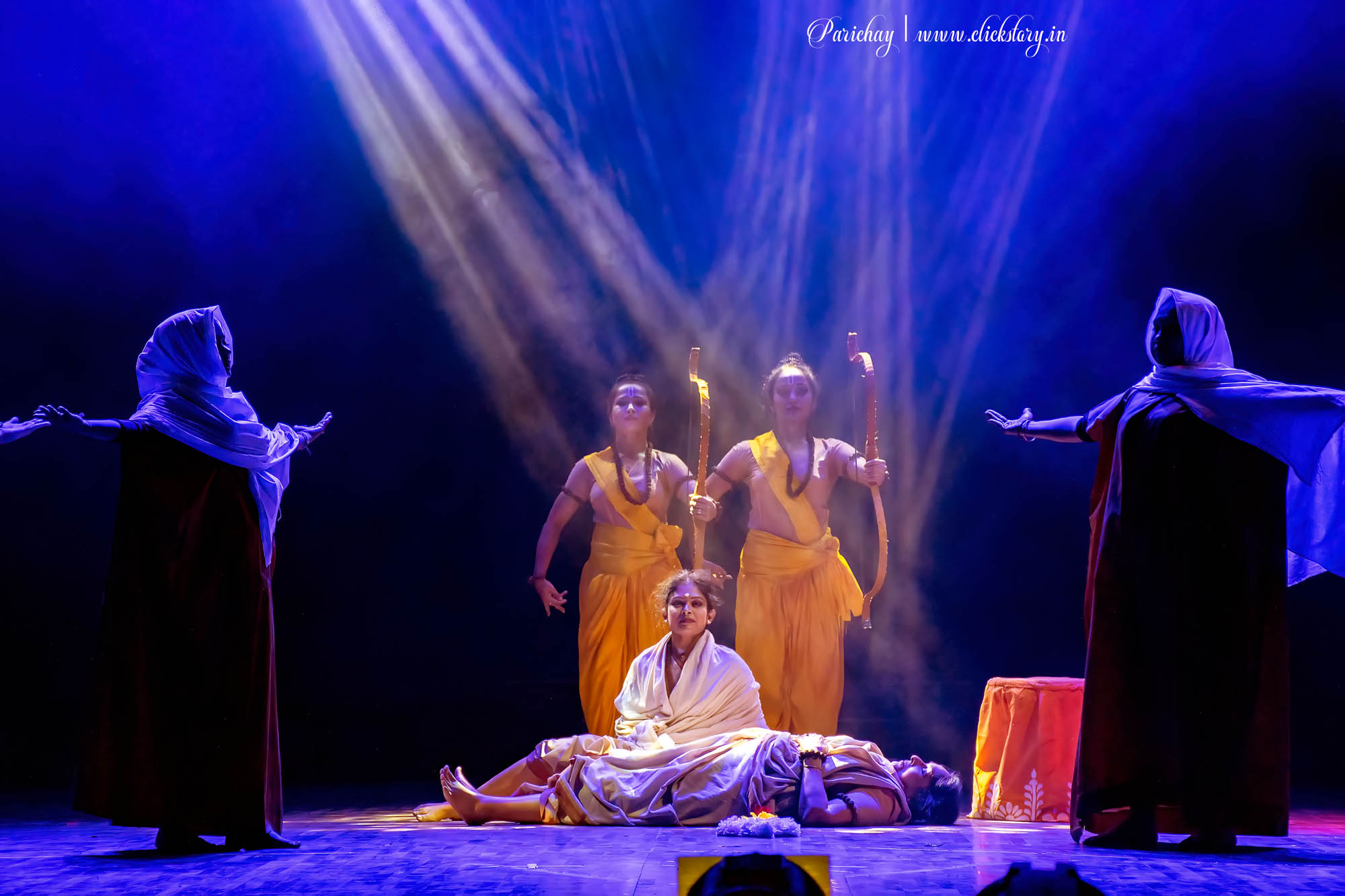
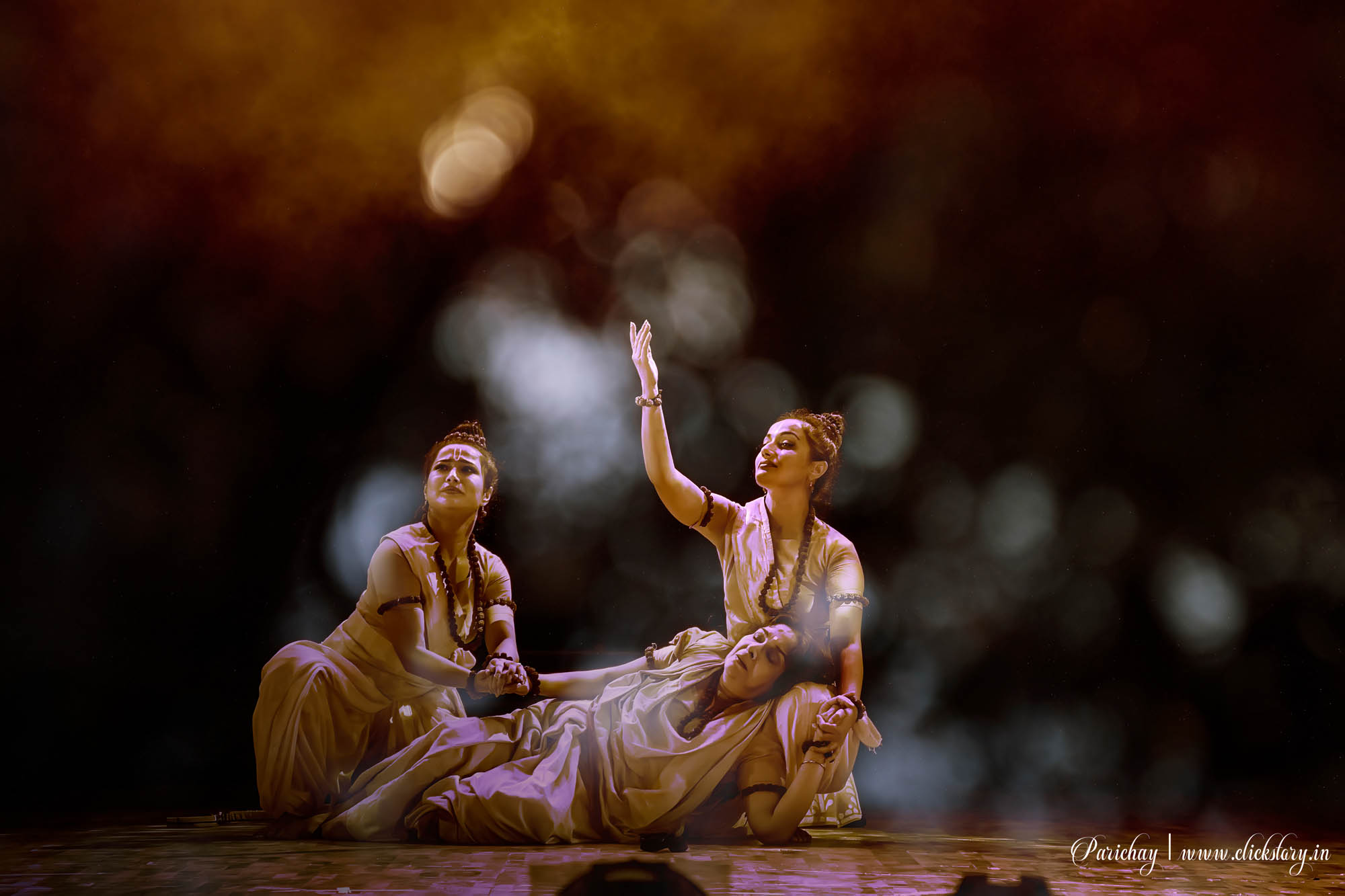

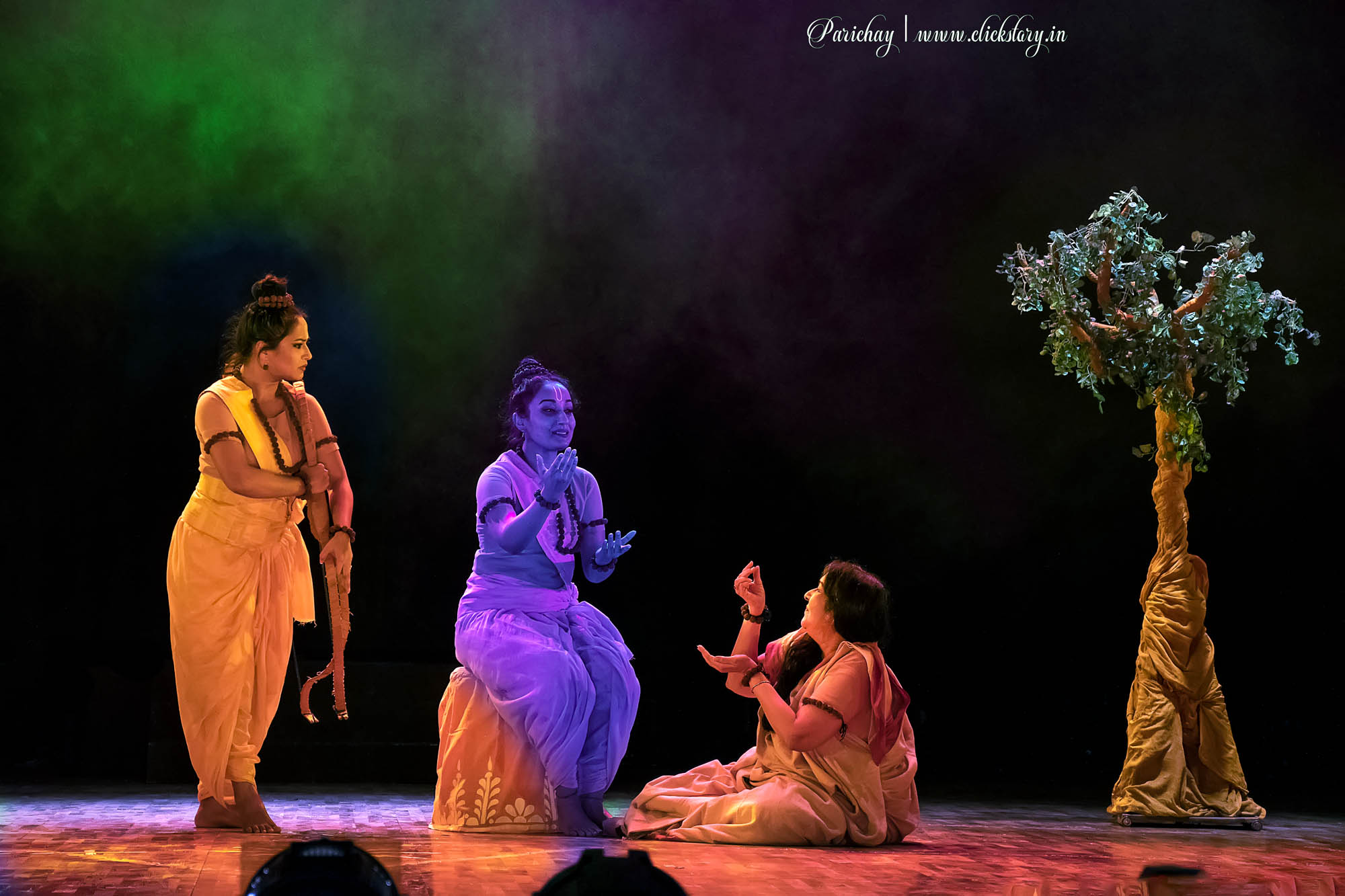
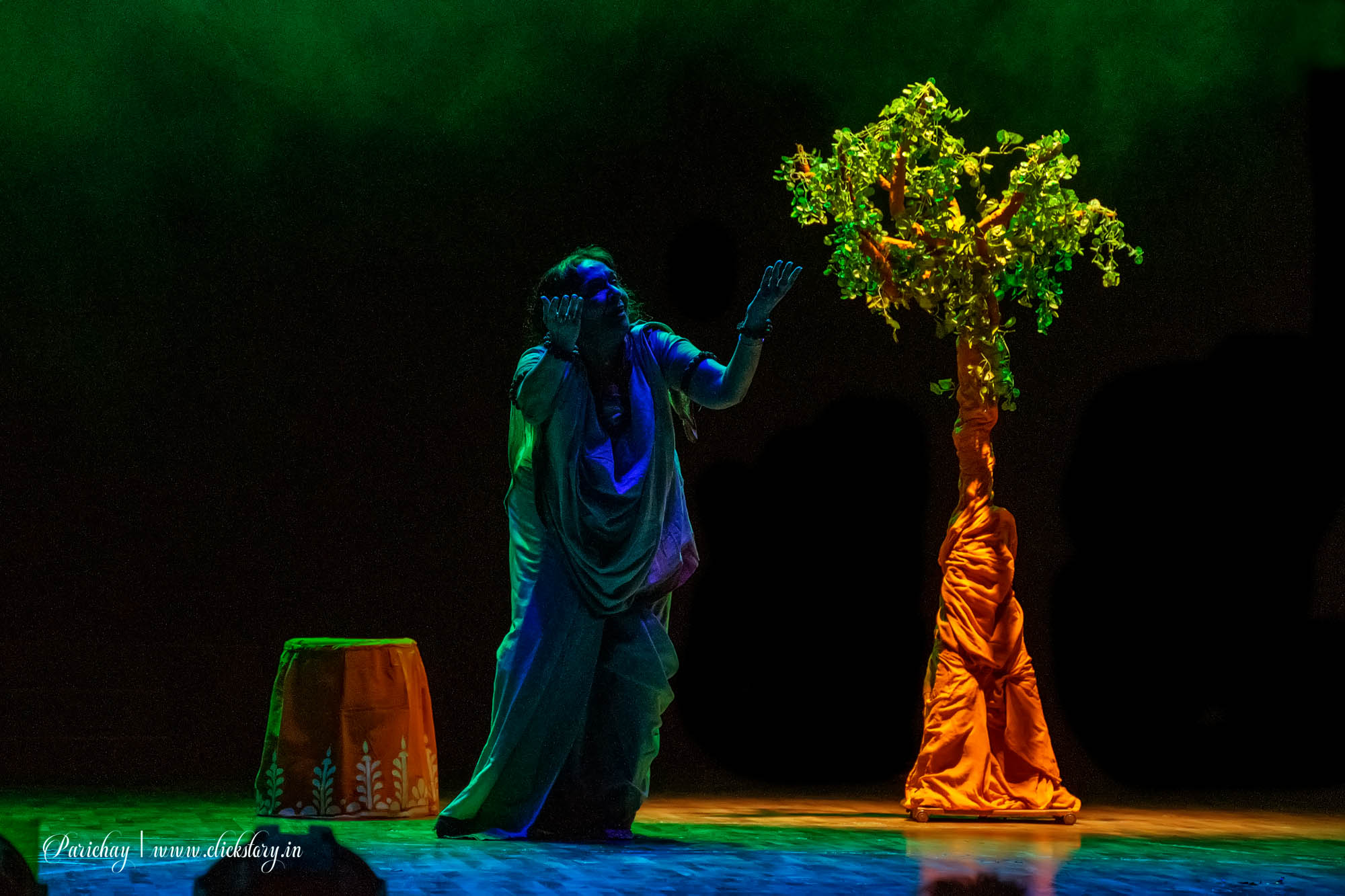
excited. thanks.